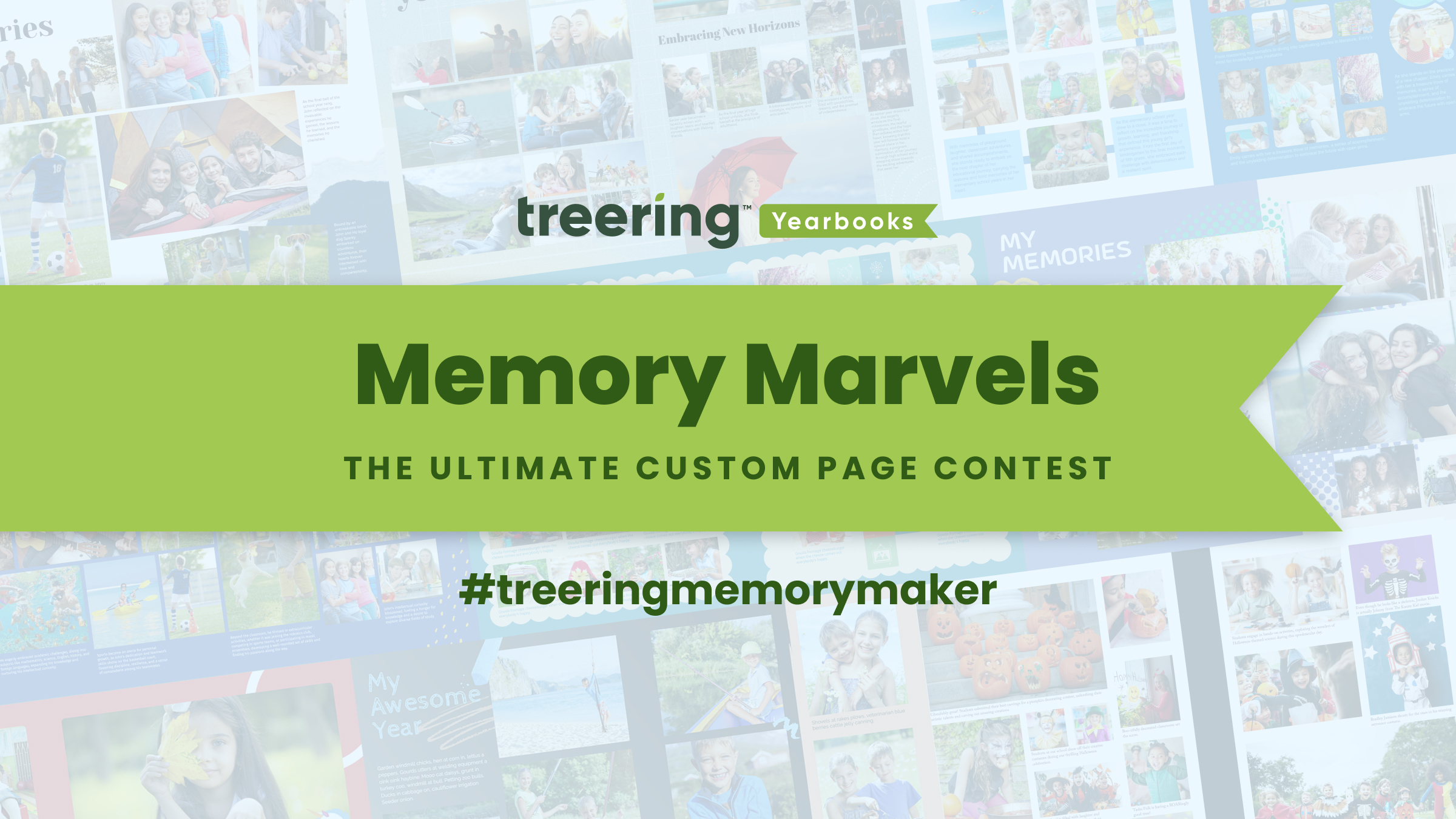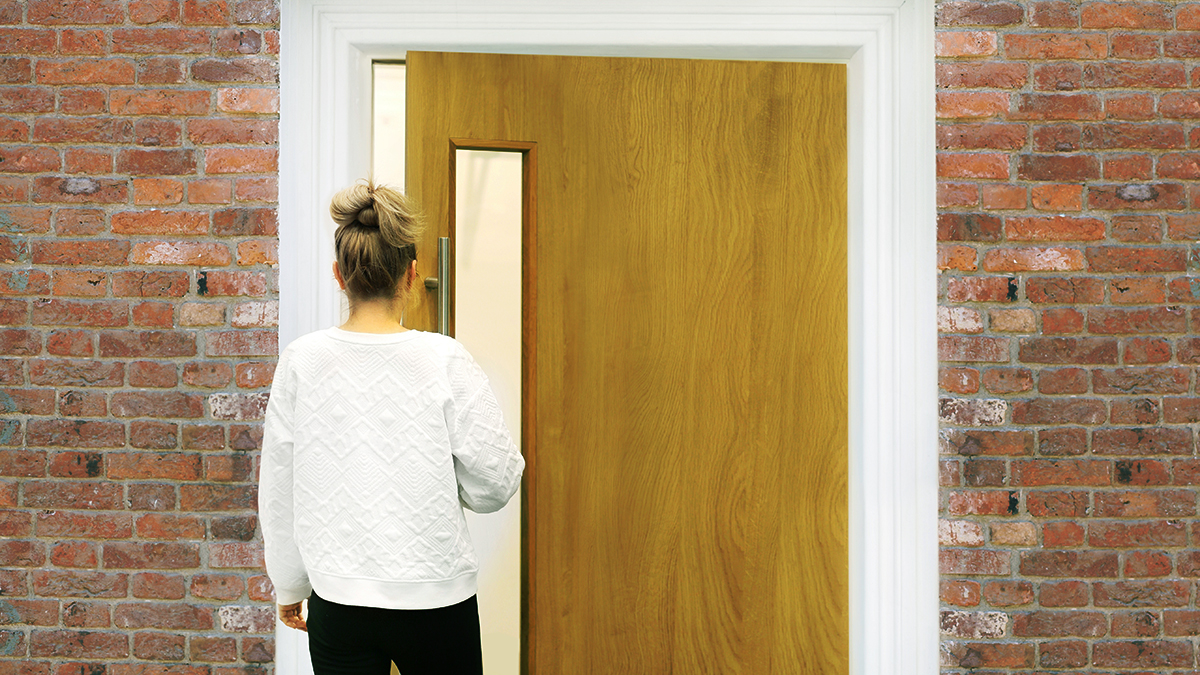Good yearbook captions should alway answer the 5 Ws of a photo (who, what, when, where, and—if you really want to earn some extra credit—why), but a great yearbook caption is only possible when you know which of those elements you should be the focal point of a specific caption.
Being able to do that is an art usually kept secret by the best copy editors in the world, though, and only learned by studying the best examples out there. Luckily for you, that’s what this post is all about.
The key here is knowing the strengths of each W and how paying a little more attention to one can enhance the meaning of a photo. After all, photos and their captions are often the entry point into a yearbook’s page, and a great caption can get a reader to take a second look at a photo and discover new things. That, though, only works if you provide new information—generally in the form of the five Ws—in your caption.
Here are five examples of how using these details can make a reader look twice.
How the 5 Ws Make Great Captions Work
Where
Though each of the 5 Ws plays a role in guiding readers through a photograph’s story, you’ll have your readers lost (literally and figuratively), if you don’t include a sense of place.
Consider the image above. In it, we see rows upon rows of boxes and products. It could be a dystopian nightmare or the basement of a freakishly organized hoarder. Without a caption that focuses on “where,” it’s kinda hard to know.
Turns out, though, that what we’re looking at is the inside of an Amazon fulfillment center, something this caption does a good job of indicating. Could the location (“inside an Amazon.co.uk fulfillment centre”) be moved even closer to the front of the caption? Maybe, but the full location actually starts at the fourth word (“aisles of goods stored inside…”) and that additional detail has an illustrative effect on the whole caption. Suddenly, we’re looking back at the photo to see all the aisles. (And, yeah, there are a lot.)
Try this with your yearbook captions. Apply the same level of detail to your locations, especially if they’re somewhere that’s not immediately recognizable. Even if they are, though, getting crisp with detail will have your readers looking at these locations in a whole new way.
When
On certain occasions, when a story happens is about as important as what happens or who was involved.
(Think through history and all the famous dates you know, and we think you’ll agree with us.)
Granted, your school year isn’t likely to be the subject matter of American History—but it’s often the subject matter of your school’s history. And, since your yearbook serves as a sort of official recording device, you’ll want to make sure you’re spot on with your dates.
Unless you’re using old photos, like the example here on the history of the coin toss (riveting stuff, by the way), you’ll likely be able to do without listing the year. Instead, think about time in the context of the event being captured and the school year as a whole: is that photo from the opening night of the fall musical or the closing? Is that the final round of the spelling bee or an early practice round? Just because they’re not dated, doesn’t mean those details don’t count as “when.” (You can, of course, add the date, too.)
What
The last thing you want your reader to do when looking at a picture is ask, “What’s going on here?” (Actually, come to think of it, that’s about the last thing you ever want anyone to ask.)
In a sense, this is the basis of caption writing, but it’s good to cover here, anyway. Your caption needs to give context to the photo and the best way to do that is to describe what’s going on. A word of caution, though: Don’t just describe what it is that you see in the photo itself. A reader can often deduce that just the same.
Instead, like in the example of the crater, cover the basics and provide information that’s not readily available from just looking at the photo. Do that, and you’ll often find that your “what” becomes a building block off of which you can answer all the other Ws.
Who
When you get right down to it, your yearbook is basically one big collection of pictures of people. It makes sense, then, that your captions should identify who those people are.
Sometimes, though, working that information into a caption may feel silly (you would think everyone knows who your principal is, for example), but remember that your yearbook is for everyone in the school community—even parents who might spend most of their time interacting with teachers.
It’s good practice, then, to always identify who’s who. And identifying the subject immediately will get you in the habit of that. In fact, that’s what we really like about this example. (Yes, we’re counting an ape as a who.)
Why
Photos that capture emotions are often the most powerful photos in a yearbook—the joy of a surprise, the excitement of a winning score, the skill with which an actor or actress feigns fear or sadness. But if you don’t identify why a person is reacting in such a way, a lot of that power can be lost.
In fact, you’ll have your readers asking “Why?”
Don’t leave your readers hanging. Answer the question before they have an opportunity to ask it.
Before you do, though, a word of caution: Don’t project an emotion onto the person in the photo. That can be dangerous. Instead, ask that person what they were feeling at that moment or find a way to tell an interesting backstory to the photo. Maybe, for example, it’s a reaction to something that happened off camera.
Those details come in handy, like in this example of Adele singing her heart out. There are words that could describe her face, but the direct quote about the inspiration for her latest album packs a bigger punch—and is far more accurate, to boot.
And that, really, is the point of the caption: Accurately fill in the blanks that the reader might find when viewing a photo.
As you begin to add captions your yearbook, ask yourself, “Who? What? Where? When? Why?” Even when the answers are readily available, you’ll want to use that information to begin telling a story that will have your reader looking back at the photo in a whole new light.






